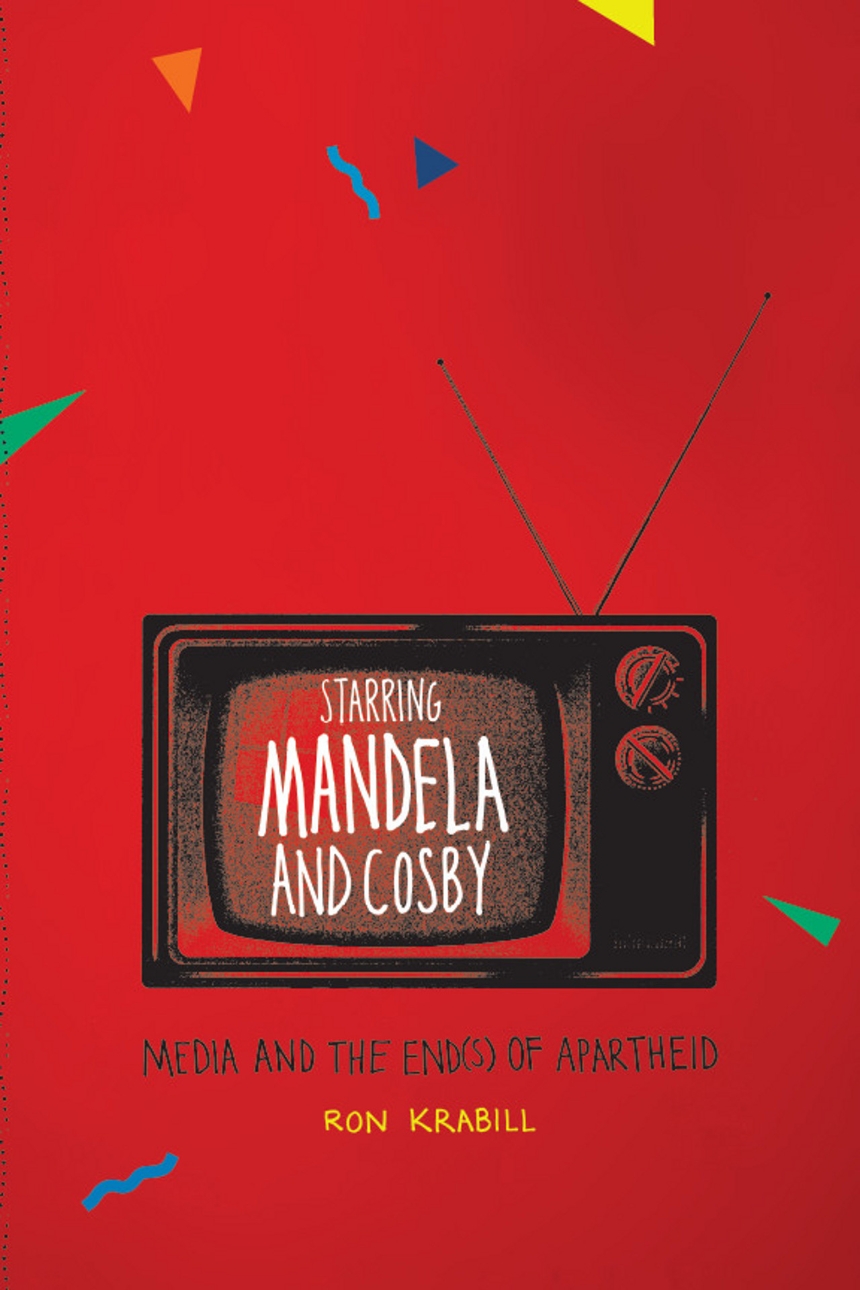Starring Mandela and Cosby
Media and the End(s) of Apartheid
Starring Mandela and Cosby
Media and the End(s) of Apartheid
During the worst years of apartheid, the most popular show on television in South Africa—among both Black and White South Africans—was The Cosby Show. Why did people living under a system built on the idea that Black people were inferior and threatening flock to a show that portrayed African Americans as comfortably mainstream? Starring Mandela and Cosby takes up this paradox, revealing the surprising impact of television on racial politics.
The South African government maintained a ban on television until 1976, and according to Ron Krabill, they were right to be wary of its potential power. The medium, he contends, created a shared space for communication in a deeply divided nation that seemed destined for civil war along racial lines. At a time when it was illegal to publish images of Nelson Mandela, Bill Cosby became the most recognizable Black man in the country, and, Krabill argues, his presence in the living rooms of white South Africans helped lay the groundwork for Mandela’s release and ascension to power.
Weaving together South Africa’s political history and a social history of television, Krabill challenges conventional understandings of globalization, offering up new insights into the relationship between politics and the media.
Reviews
Table of Contents
Acknowledgments
List of Abbreviations
INTRODUCTION / Media, Democratization, and the End(s) of Apartheid
ONE / Structured Absences and Communicative Spaces
TWO / In the Absence of Television
THREE / “They Stayed ’til the Flag Streamed”
FOUR / Surfing into Zulu
FIVE / Living with the Huxtables in a State of Emergency
SIX / I May Not Be a Freedom Fighter, but I Play One on TV
CONCLUSION / Television and the Afterlife of Apartheid
Postscript
Notes
Index